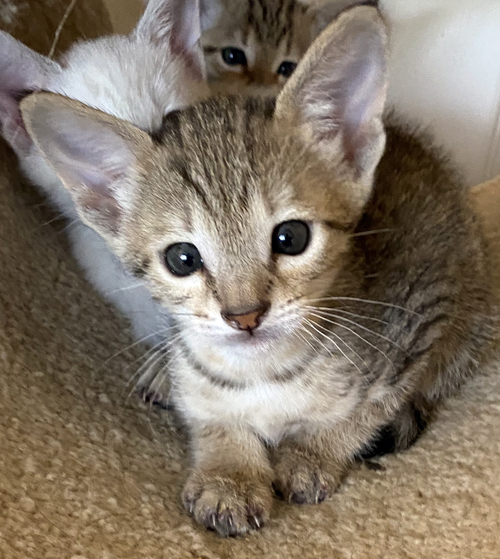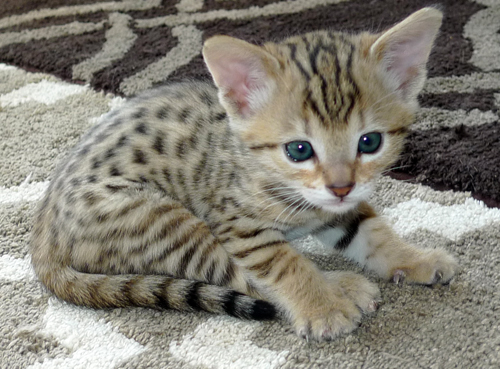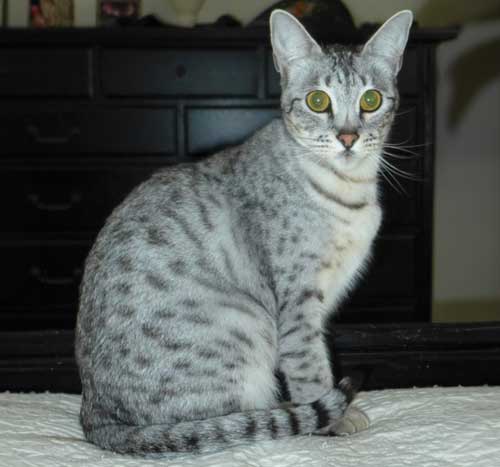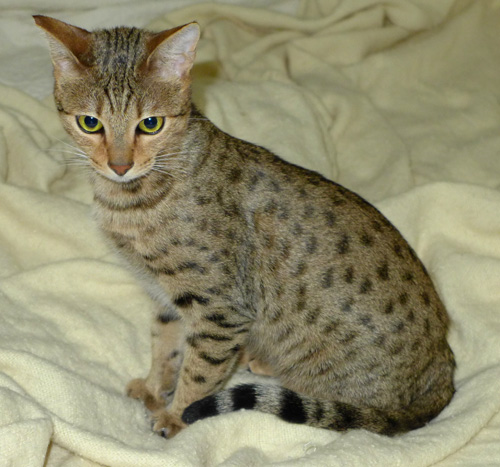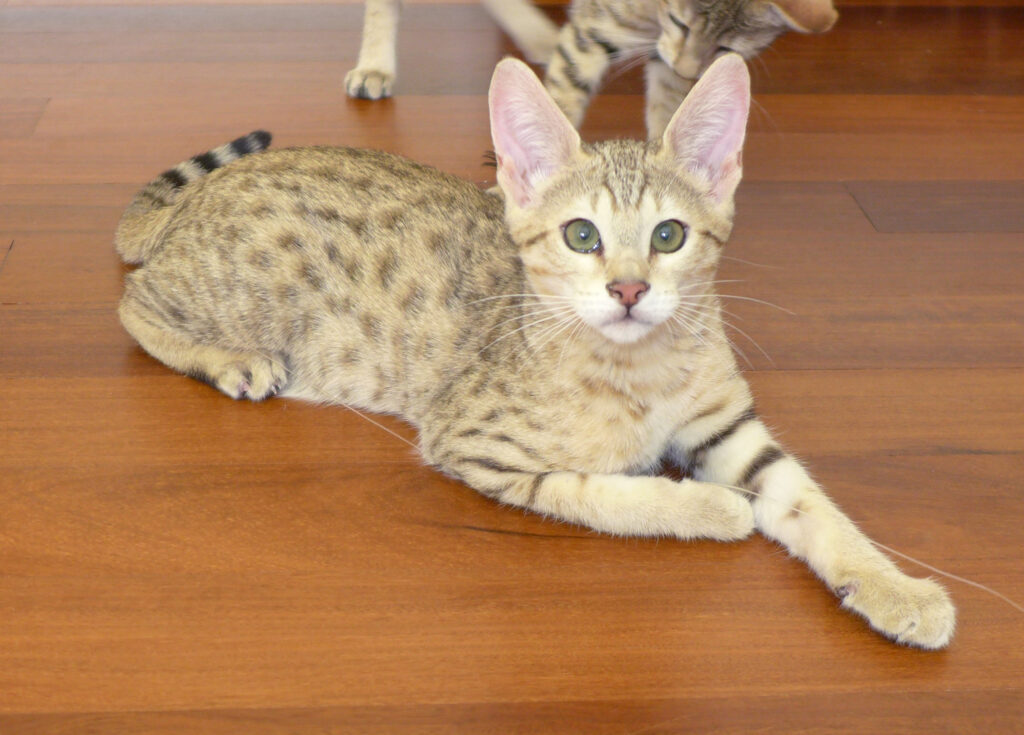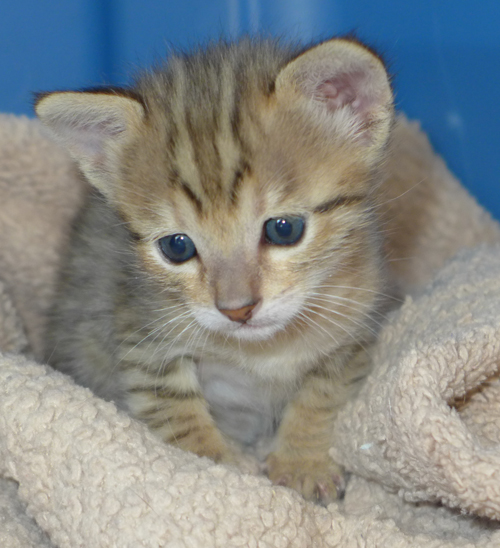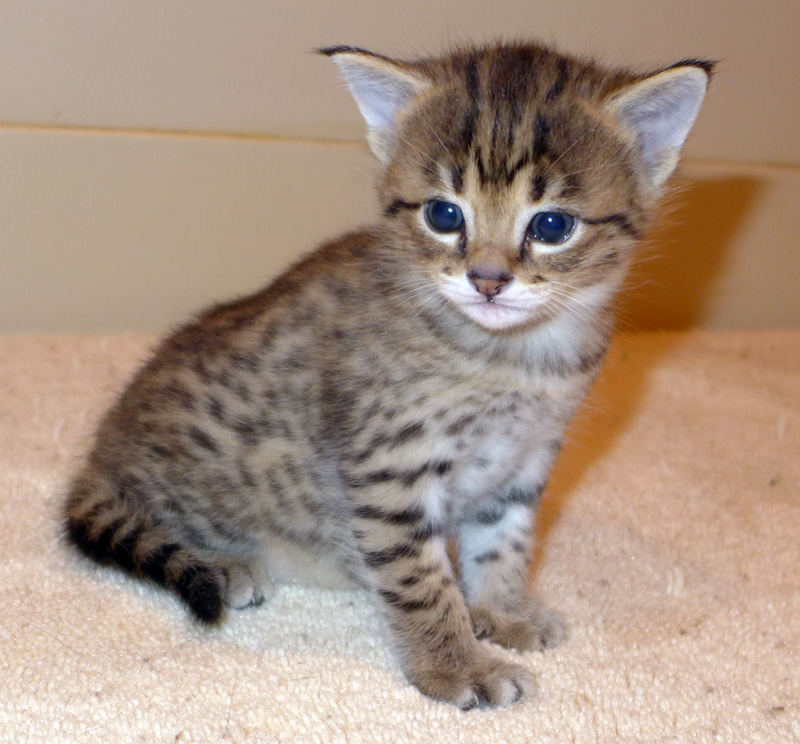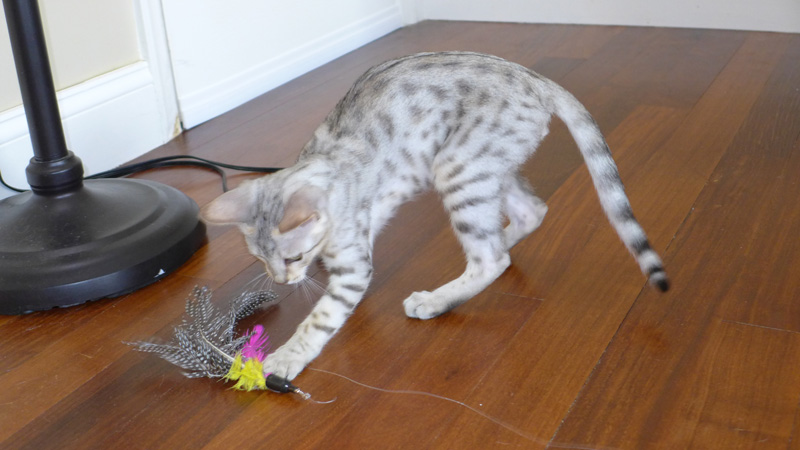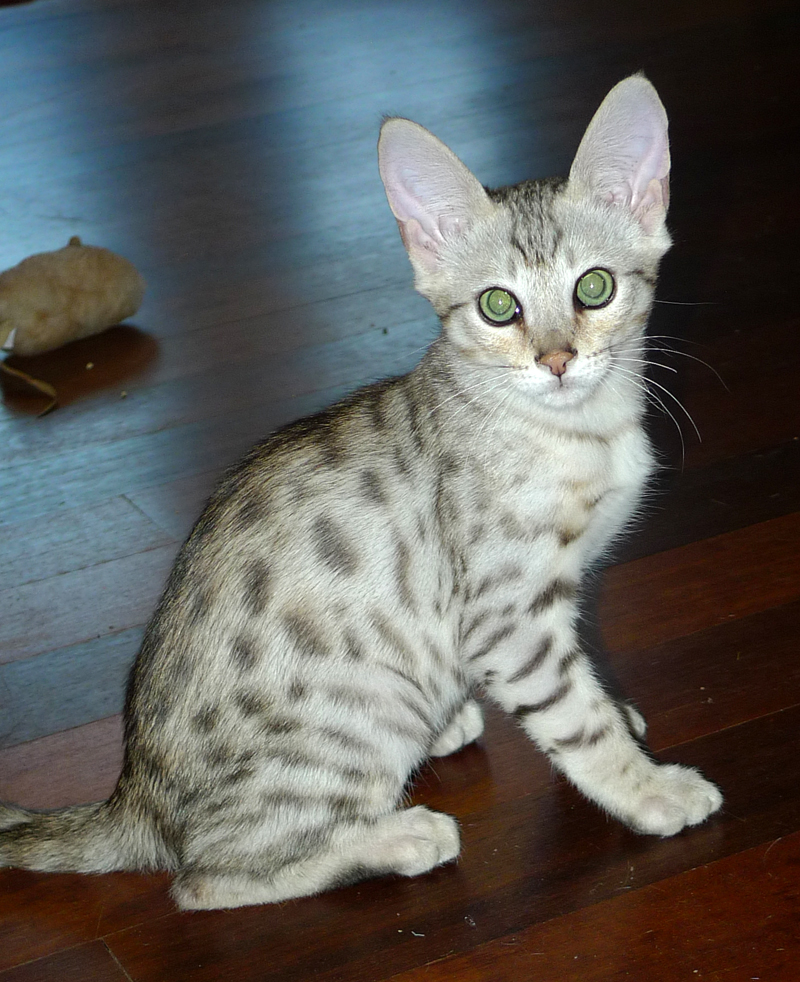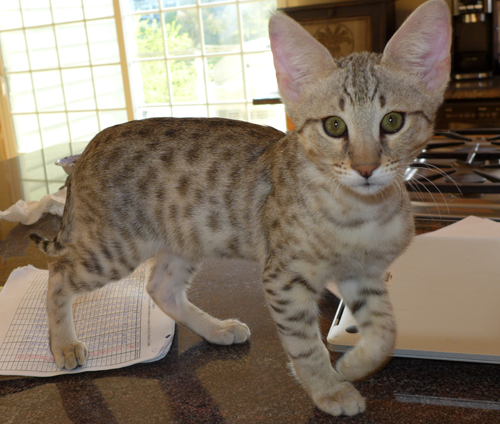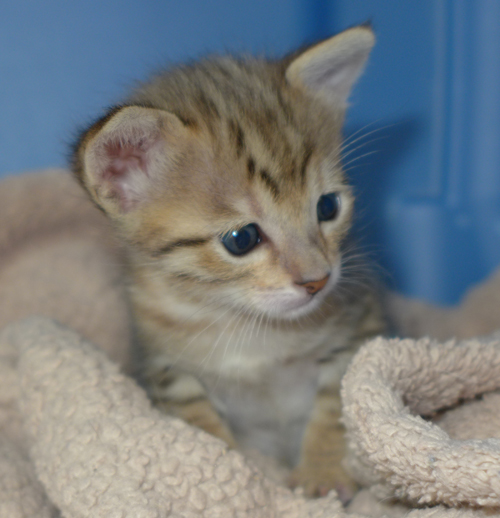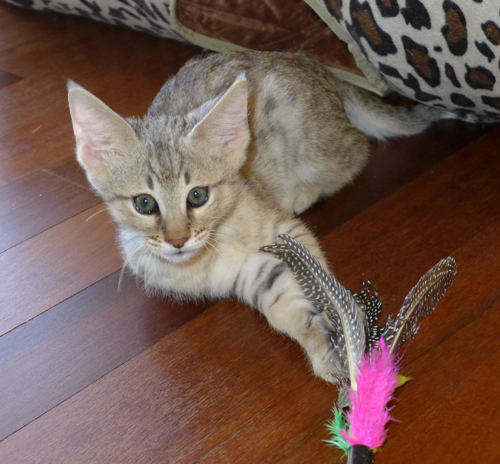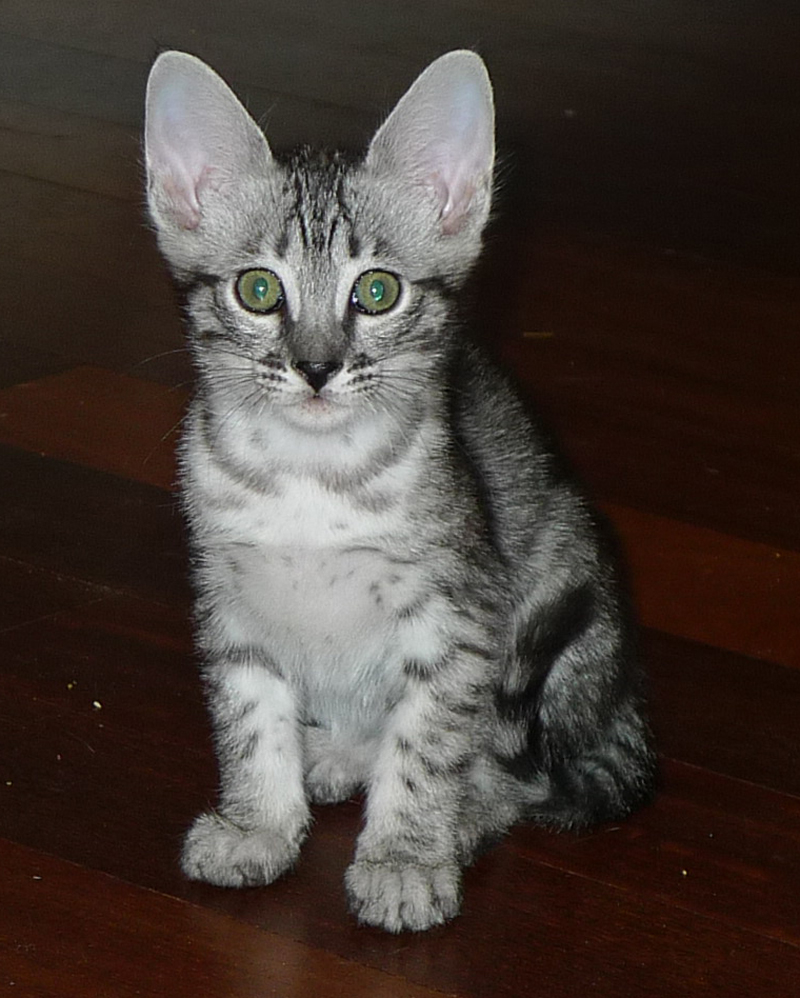Sweetspots Savannah Cats
Welcome to Sweetspots Savannahs! We’re located in Northern VA, within a reasonable distance from West Virginia, Pennsylvania, New Jersey, Maryland, and Washington D.C. Our primary goal in breeding savannahs is to produce healthy, well-socialized, and stunning cats that make wonderful and loving companions. We have been raising savannahs in our home for over 20 years. Explore our site to learn more about our extraordinary felines and how you can welcome one into your home.
What are Savannah Cats?
Savannah cats are a spotted breed of domestic cat, with an elegantly tall, slender, and long body frame. The savannah breed originates from a male Serval (species Leptailurus serval) bred with a female domestic cat (species Felis catus). A serval is a small species of wild cat species native to the African plains (or ‘Savannah’, hence the breed’s name).
What does the ‘F’ number mean?
What do the letters mean after the F?
What
What is a ‘hybrid’ breed of cat?
Because Savannahs are produced by breeding two different species of cats together (serval X domestic cat), this results in the ‘hybrid’ breed designation. A hybrid is a biological term that refers to offspring that result from a cross between individuals of different species. Note that in order to produce hybrid offspring, crosses must be between closely related and genetically similar species. A cat could not be bred with a dog for instance (for so many reasons!).
Why are early generation savannah males not used for breeding?
In savannah cats, the males of F1-F4 generations are sterile, but the females of all generations can produce offspring. The sterility in males is due to minor genetic incompatibilities between the two different parent species, and the fact that males have only one x chromosome (females have two). The same phenomenon occurs when a horse is bred to a donkey; the two different species are extremely similar, but there are enough genetic differences that their hybrid offspring are sterile (both male and female mules are sterile). Thus when the breed was young, female savannahs were bred to studs that were males of various spotted domestic breeds (Egyptian maus, ocicats, orientals, pixie-bobs, the occasional Abyssinians). After several years of developing the breed however, fertile male Savannahs were produced (usually F6 or F7 generation) and became the norm in most breeding programs.
Because savannahs are the result of breeding two different species of cats together (serval X domestic), male F1-F4 (and often F5) offspring are sterile. Even though these males are incapable of fathering offspring, they still have testes and produce testosterone, which results in adult male sexual behaviors such as aggression toward other males, calling to potential mates, and territorial marking (spraying of urine). This is why neutering male pets is very important. Intact females may also spray, especially when in heat, so females must be spayed to prevent this behavior (note that this is not a savannah or hybrid trait, it is true of 100% domestic breeds as well).
W

